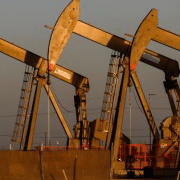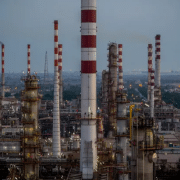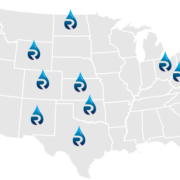To try to entice investment in new natural gas development in Southcentral Alaska’s Cook Inlet basin, state officials are trying something new: a waiver of royalties in the upcoming annual lease sale. Have you heard about Royalty-free lease terms before?
The Alaska Division of Oil and Gas last week announced five upcoming lease sales that include the unusual terms in the Cook Inlet area.
The impetus is the concern that the state’s most populous region may soon be running low of the natural gas that is its main source of power for heat and electricity, a division official said.
“We’re kind of in a bind in terms of having a gas shortage, potentially, in the next few years,” said Sean Clifton, a policy and program specialist with the division. “We’re trying to be innovative and try new things within the bounds of the laws we already have on the books.”
Instead of requiring new leaseholders to pay royalties once production starts, the state is offering a net profit-sharing arrangement aimed at reducing companies’ economic risks. And instead of expecting bidders to compete for exploration rights, the division is setting a fixed price of $40 an acre for the 3.3 million acres that are being offered in the sale.
Click here to read the full article
Source: Alaska Beacon
If you have further questions about the topic related to royalty-free lease terms, feel free to contact us here.










